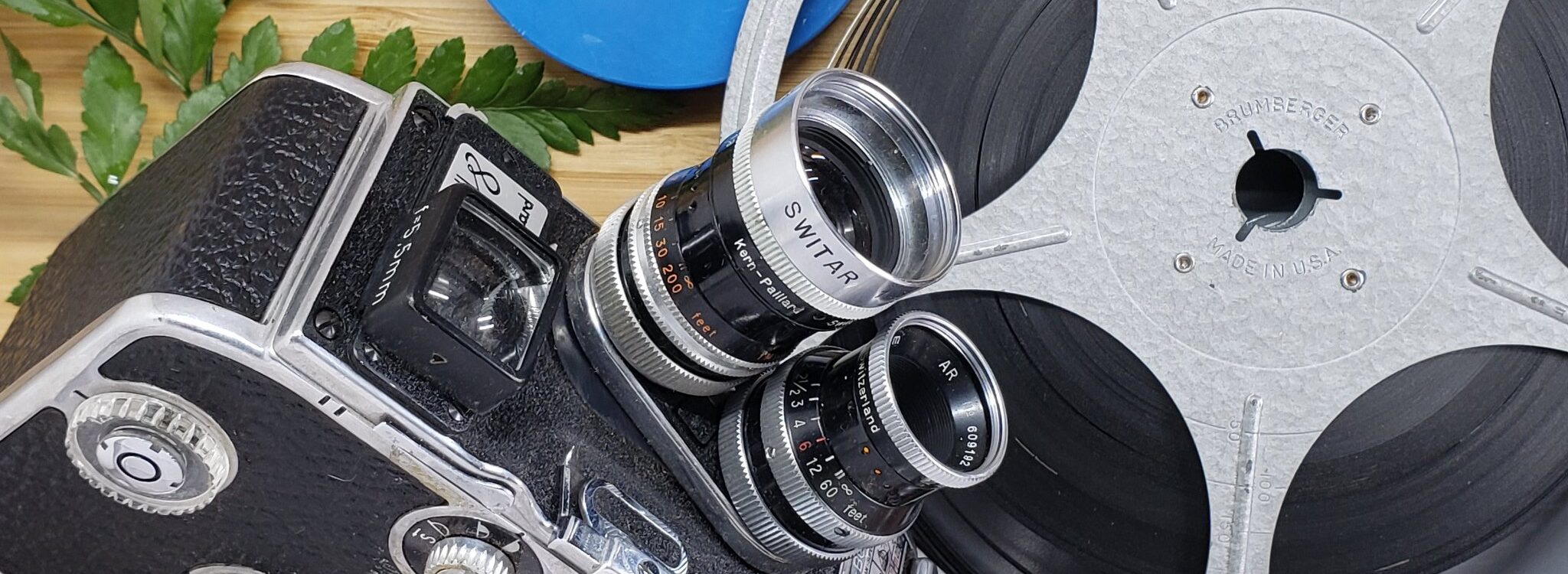Scanning photos is not necessarily “hard” it is, however, technical and tedious. I as a professional photo organizer, have got this particular task down to a science. It doesn’t require heavy lifting (unless you have an unusually large box of photos to sort out), nor does it need skills you can’t learn. Here are some tips on how to do it properly.
I mentioned it is technical. The technical aspect of scanning photos mostly has to do with the DPI or dots per inch. How many dpi should you scan them at? Scanning at low dpi means that the file will be small, the scanning faster and you will get done quicker. I caution you that it also means that the size of the image you can then reproduce will also be small. If you try to make the image larger, it will be fuzzy, and there could be literally squares instead of a nice crisp clear photo. I scan photos at 600 dpi. That makes it possible to not only reproduce the image at the size it started at but also increase the size to fit in the frame of your choice. I am working on a small photo that the client wants to enlarge so that photo I will start by scanning at a whopping 1200 dpi. I have to scan long and slow, so I get as much of the information off of the photo as possible, so the enlargement doesn’t look fuzzy or pixelated.
The tedious portion of this is it takes a considerable amount of time to scan photos on a flatbed scanner. One by one placing them onto the scanner and scanning them at the proper 600 dpi can use up your free time for days. For one shoebox of photos, it could take many hours. Once done scanning the files all need to be named or you have the shoebox of photo mess in your computer as a digital file mess. Doing this yourself saves money but uses a lot of your time.
Where to begin:
- Gather photos
- Set scanner to 600 dpi
- Scan photos
- Crop photos; some programs will do this automatically so research your scanner program.
- Rename photos by right-clicking on each file and labeling them with the year month date, so they fall into chronological order. Ex: 2019 01 27 then a word or two about what is in the photo. If you do not rename them each photo will have the date you scanned them as the name.
- If you have a program like Historian, you can add keywords and tag faces so you can search and find the photo you are looking for easily.
- Save your photos to a flash drive or an external hard drive, so there is more than one copy of your photos you worked so hard on. It is also a good idea to have the full scanned images saved to a cloud service. I suggest Forever.com. You buy the amount of storage you need, and it is yours. No selling data and part of the cost goes into a trust to keep your images/videos safe for your life plus 100 years.
If you think this sounds too much for you, we can help. We can do this for you. We scan at 600 dpi for regular photos it is 39 cents each and delicate/large or fragile it starts at $1.00.




